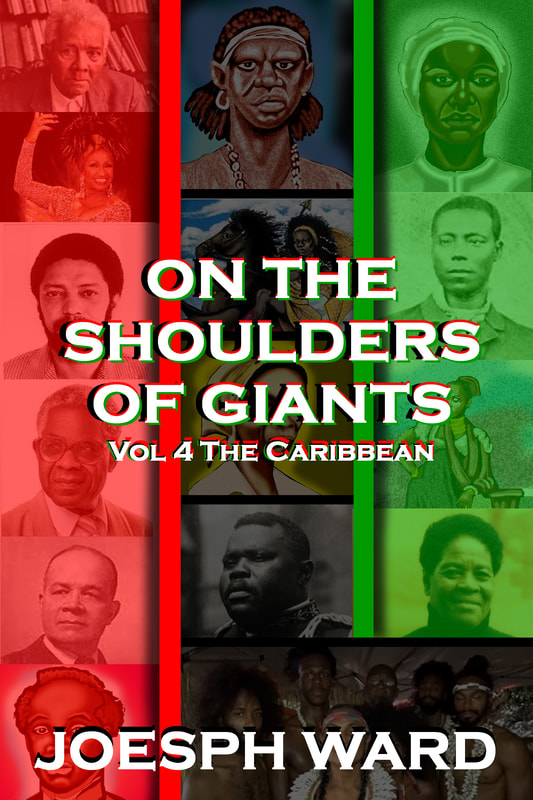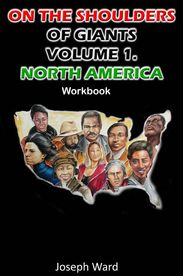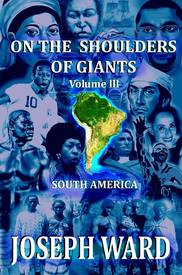|
The Negro spirituals, born from the depths of the African American experience, stand as a testament to resilience, faith, and the unyielding spirit of a people oppressed yet undeterred. Rooted in the pain of slavery, these spirituals evolved into a rich musical tradition that not only served as a source of solace and strength for African American communities but also left an indelible mark on the broader landscape of American music. Today, we delve into the history, meaning, and enduring importance of Negro spirituals, tracing their profound influence on the diverse tapestry of American musical genres. The origins of Negro spirituals can be traced back to the harrowing era of slavery in America. Enslaved Africans, stripped of their cultural identity and torn from their homeland, found solace in music as a means of expression and connection. Drawing upon their African heritage, they infused rhythm, call and response, and communal singing into their spiritual gatherings. These songs, often born out of suffering and longing for freedom, served as a form of resistance against the dehumanizing conditions of slavery. As African Americans embraced Christianity, spirituals began incorporating biblical themes and narratives, offering a dual message of spiritual salvation and earthly liberation. Songs like "Swing Low, Sweet Chariot," "Wade in the Water," and "Go Down Moses" resonated deeply within enslaved communities, providing comfort, hope, and a sense of solidarity amidst oppression. The significance of Negro spirituals extends far beyond their melodic beauty. Embedded within these songs are layers of meaning, reflecting the collective experiences and aspirations of marginalized people. Through coded language and metaphorical imagery, spirituals conveyed messages of resistance, survival, and the quest for freedom. Lyrics such as "Steal Away to Jesus" or "Follow the Drinking Gourd" served as subtle instructions for escape, offering hope and encouragement to those seeking liberation. Moreover, Negro spirituals functioned as a form of oral history, preserving the stories, struggles, and triumphs of generations past. They served as a conduit for cultural transmission, bridging the gap between African heritage and American realities, while fostering a sense of community and resilience in the face of adversity. The enduring importance of Negro spirituals lies in their profound impact on American music and culture. As the abolitionist movement gained momentum in the 19th century, spirituals became anthems of resistance and solidarity, inspiring activists and allies in the fight against slavery and racial injustice. Their expressive power and universal themes transcended racial boundaries, resonating with audiences worldwide. Furthermore, Negro spirituals laid the foundation for various musical genres that would emerge in the decades to come. From gospel and blues to jazz and soul, traces of spirituals can be found woven into the fabric of American music. Artists like Mahalia Jackson, Aretha Franklin, and Sam Cooke drew inspiration from the spiritual tradition, infusing their music with elements of faith, passion, and social commentary. In conclusion, the legacy of Negro spirituals endures as a testament to the resilience, creativity, and indomitable spirit of the African American community. These songs, born out of oppression, continue to reverberate through the corridors of history, reminding us of the power of music to transcend boundaries and inspire change. As we reflect on the history, meaning, and importance of Negro spirituals, we are reminded of their enduring relevance in the ongoing quest for justice, equality, and the celebration of human dignity.
0 Comments
Kowaliga, Alabama, nestled along the shores of Lake Martin in Tallapoosa County, holds a unique place in the history of Alabama. Kowaliga was founded by a former slave named John Jackson Benson. Benson earned $100 from his work in coal mines. He used the $100 to purchase a portion of the land he was enslaved on. After purchasing the land, he worked the land until it yielded a profit, he then used the profit to buy more of the land. He repeated the process until he owned 3,000 acres of the land. Benson soon built a farmhouse, sawmill, cotton gin, grist mill, brickyard, and school, helping Kowaliga to grow into a community that housed black and white families. John Benson’s son William E. Benson was the founding president of the Dixie Industrial Company, the first black-owned railroad. The Dixie Industrial Company was able to succeed by exporting lumber to Europe. The company lost financial control due to their exporting ports being closed because of World War II and Benson was replaced as president by the company's largest stockholder. The matter was taken to court but the Dixie Industrial Company was eventually lost. The area around Lake Martin has been inhabited for centuries, with evidence of Native American settlements dating back thousands of years. The Creek Indians, in particular, were prominent in the region before European colonization. The name "Kowaliga" is believed to have Native American origins, possibly derived from Creek or other indigenous languages. Kowaliga's modern history began with the construction of Martin Dam on the Tallapoosa River in 1926. The Martin Dam was constructed by the Alabama Power Company to generate hydroelectric power. The dam created Lake Martin, one of the largest man-made lakes in the United States at the time of its completion. The creation of Lake Martin brought significant changes to the region. One of the biggest changes was the closing of the Kowaliga community. The residents of Kowalioga were displaced by the building of the Martin Dam and the financial troubles that were caused by the exporting ports being closed. Once the Martin Dam was completed the flow of water from the dam flooded the community of Kowaliga leaving another black-owned community underwater. Once dominated by a bustling black-owned community, forests, and farmland, the shoreline became dotted with homes, resorts, and communities creating the current Kowaliga community. The gem of the original Kowaliga community was its Kowaliga Academy and Industrial Institute, better known as the Kowaliga Industrial School, founded around 1895. The school became a prominent academic center for Black Americans and Booker T. Washington even served on the board of trustees. Hundreds of black American students were able to be educated until the closing of the school. John Jackson Benson, his son William E. Benson, and many others helped to establish and grow the Kowaliga community until the residents were forced out and the area flooded to create Lake Martin. In the realm of dance, there are few names as illustrious and impactful as Alvin Ailey Jr. Born on January 5, 1931, in Rogers, Texas, Alvin Ailey Jr. rose from humble beginnings to become a pioneer, activist, and visionary in the world of modern dance. Alvin Ailey Jr.'s journey was one defined by passion, perseverance, and a profound commitment to his craft. He found solace and expression through movement, drawn to the vibrant rhythms and emotional depth of dance. His interest in dance was piqued while in Los Angeles as he witnessed dance performances by the Ballet Russe de Monte Carlo and the Katherine Dunham Dance Company. His talent and dedication caught the attention of Lester Horton, a pioneering choreographer, who became his mentor and inspired him to pursue his dreams in dance. Under Horton's guidance, Ailey honed his skills and discovered his unique voice as an artist. In 1958, Alvin Ailey Jr. founded the Alvin Ailey American Dance Theater, a groundbreaking institution that would revolutionize the world of dance. With a mission to celebrate the African American cultural experience and explore themes of identity, spirituality, and resilience, Ailey's company quickly became a beacon of creativity and inclusion. One of Ailey's most iconic works, "Revelations," premiered in 1960 and captured the hearts of audiences around the world. Set to spirituals and gospel music, the piece evoked the struggles and triumphs of the African American journey, earning widespread acclaim and cementing Ailey's legacy as a visionary choreographer. But Alvin Ailey Jr.'s contributions extended far beyond the stage. He was a tireless advocate for social justice and equality, using his platform to shine a light on the injustices faced by African Americans and marginalized communities. Through his work, he sought to challenge stereotypes, break down barriers, and inspire hope for a brighter future. In addition to his artistic endeavors, Ailey was dedicated to nurturing the next generation of dancers and artists. He founded the Alvin Ailey American Dance Center, providing a space for aspiring performers to train, collaborate, and flourish. Throughout his illustrious career, Alvin Ailey Jr. received numerous awards and accolades, including the Kennedy Center Honor, the Presidential Medal of Freedom, and the National Museum of Dance Hall of Fame. Yet, his greatest legacy remains the enduring impact he had on the world of dance and the lives of countless individuals who were inspired by his artistry and activism. Alvin Ailey Jr. passed away on December 1, 1989, but his spirit lives on through the timeless beauty and power of his choreography. His vision continues to resonate with audiences of all backgrounds, reminding us of the transformative potential of dance to unite, uplift, and inspire change. As we celebrate his life and legacy, let us honor his legacy by continuing to strive for a world where creativity, diversity, and equality flourish. In the heart of America's racial landscape, one woman stood tall, challenging the very foundations of segregation. Born in Baltimore, Maryland in 1917, Irene Amos Morgan Kirkaldy etched her name into the annals of civil rights history through unyielding defiance. In the sweltering summer of 1944, aboard a Greyhound bus, Irene found herself in a pivotal historical moment. Middlesex County, Virginia, became the stage for her confrontation against the culture of segregation. Arrested under the state law that sought to separate public spaces along racial lines, Irene faced a fateful choice: surrender to injustice or ignite the flames of resistance. She refused to yield her seat with steely resolve, boldly challenging the driver's decree to remove herself from to the "white section." In that fleeting moment of refusal, Irene crystallized the essence of courage and righteousness, becoming a beacon of hope for generations to come. Her act of defiance led her to be arrested and jailed. Following the advice of her lawyer, Krikaldy pleads guilty to resisting arrest but not guilty to violating the segregation laws of the state of Virginia. Unfortunately, Kirkadly lost her case, but it was soon brought before the U.S. Supreme Court due to assistance from Thurgood Marshall and the NAACP. The Irene Morgan v. Commonwealth of Virginia case became a landmark case due to the decision handed down by the judge, who ruled that segregation violated the Constitution's protection of interstate commerce. This ruling was one of many that helped to end segregation laws in America, But the laws still needed to be enforced by the local governments in the South. In 1947, civil rights activists rode buses and trains across state lines to bring attention to the Supreme Court ruling not being enforced. Eventually, the Supreme Court ruling was enforced and segregation ended on public transportation. Irene Kirkadly died on August 10th, 2007, leaving behind a pioneering legacy that helped to reshape the Jim Crow laws of the South. To Irene Amos Morgan Kirkadly, We proudly stand on your shoulders. Amidst the turbulent colonial era of Santo Domingo, a figure emerged whose indomitable spirit and unwavering resolve ignited a flame of rebellion against the shackles of oppression. Sebastián Lemba, a name that resonates through time, stood as a beacon of defiance against the tyranny of slavery, leading a daring uprising that challenged the very foundations of the colonial order. Born as a free man in West Africa around 1504, he is said to be the son of African royalty, Sebastián Lemba lived free of European enslavement for the first twenty years of his life. However, around 1525, Lemba was captured and shipped to Santo Domingo which is now known as the Dominican Republic. His early years in Santo Domingo were marked by the harsh realities of servitude within the confines of sugar plantations. Yet, amidst the despair that engulfed his people, Lemba harbored a flicker of resilience, a genuine desire for liberation that would soon set ablaze the flames of rebellion. The catalyst for revolt often arose from oppression, so it was for Sebastián Lemba. Enduring the brutalities of bondage, he bore witness to the iniquities inflicted upon his brethren, the relentless toil that stripped away their humanity and dignity. However, Lemba refused to succumb to the chains of despair. Instead, he nurtured a vision of emancipation, a vision that would propel him to the forefront of one of the most daring rebellions in colonial history. In 1532, Lemba rallied 150 to 400 of his fellow enslaved brethren, weaving a tapestry of unity amidst the tumultuous backdrop of oppression. With each passing day, the drums of resistance grew louder, echoing across the sprawling plantations, instilling fear in the hearts of oppressors and encouraging the spirits of the oppressed. The rebellion led by Sebastián Lemba transcended mere acts of defiance; it was a testament to the resilience of the human spirit in the face of insurmountable odds. Through guile and grit, Lemba and his followers carved out a bastion of freedom amidst the dense jungles and rugged terrain of Santo Domingo's hinterlands, birthing what would come to be known as the Maroon communities. The Maroons, forged in the crucible of adversity, stood as a testament to the enduring legacy of Sebastián Lemba's vision. United by a common cause, they defied the might of colonial authority, waging a relentless 15-year war of attrition against their oppressors. Through acts of sabotage and strategic brilliance, they struck fear into the hearts of those who sought to subjugate them, heralding a new dawn of resistance in the annals of history. Lemba and his rebels used the cover of night to launch sneak attacks against their oppressors, raiding sugar mills and destroying any property owned by their oppressors. Due to the high number of raids on sugar mills and the raid on the Cepicepi Mill, Lemba became the most wanted man by the Spanish colonial powers. This infamy made Lemba a target so he needed to move strategically to avoid being captured. Unfortunately, on September 26, 1547, Lemba was captured by the Spanish and eventually passed away within a year of his capture. The details of his death are unclear. Sebastián Lemba emerged as a symbol of defiance and change amidst the pressure of colonial oppression. His legacy transcends the confines of history, echoing through the corridors of time as a testament to the enduring power of adversity. Sebastian Lemba, we proudly stand on your shoulders. Henrietta Lacks, an African-American woman from Virginia, left an indelible mark on medical science, although her name remained largely unknown for decades. Born on August 1, 1920, Henrietta's significance in scientific discovery stems from the oblivious contribution of her cells, which gave rise to the HeLa cell line. Henrietta Lacks was diagnosed with cervical cancer in 1951, during an era when medical ethics and patient rights were subpar. She sought treatment at Johns Hopkins Hospital, where cells were taken from her cervix without her consent. This act, while standard practice at the time, underscores the systemic exploitation of black communities in medical research. What distinguished Henrietta's cells, known as HeLa cells, was their remarkable ability to multiply indefinitely in laboratory conditions—a property not normally found in human cells. This immortalization paved the way for discoveries in medicine, including the development of the polio vaccine, advancements in cancer research, and insights into cell biology and genetics. HeLa cells became ubiquitous in laboratories worldwide, serving as a cornerstone in biomedical research. However, Henrietta Lacks and her family remained unaware of the profound impact of her cells until years later. Despite the immeasurable contributions of HeLa cells to science and medicine, Henrietta's story was shrouded in obscurity, her identity reduced to a mere footnote in scientific publications. It was in the 1970s, when scientists began to acknowledge the origins of HeLa cells, that Henrietta Lacks's name entered public consciousness. Yet, even then, her family struggled to comprehend the significance of her unwitting contribution to science. They faced economic hardships and lacked access to healthcare, juxtaposed against the multimillion-dollar industry built upon Henrietta's cells. The belated recognition of Henrietta Lacks's legacy prompted a reevaluation of ethics in medical research and the need to uphold patients' rights and dignity. Her story catalyzed conversations about informed consent, patient privacy, and the equitable distribution of benefits derived from scientific advancements. Henrietta Lacks's narrative serves as a poignant reminder of the presence of racism, classism, and healthcare disparities in America. Her cells, immortalized without consent, symbolize the exploitation and erasure of a black voice in scientific discourse. |
Details
Categories
All
Click Here to join our mailing list
|
Contact Us: |
Connect With Us |
Site powered by PIT Web Design

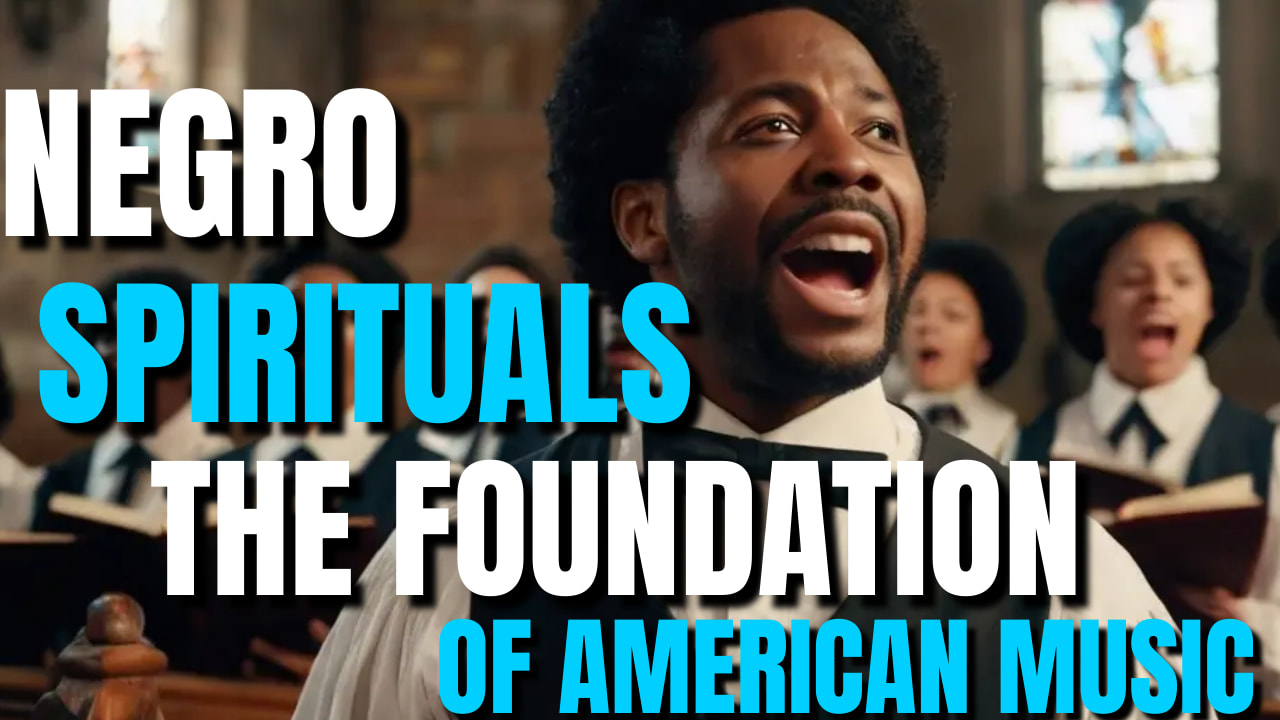
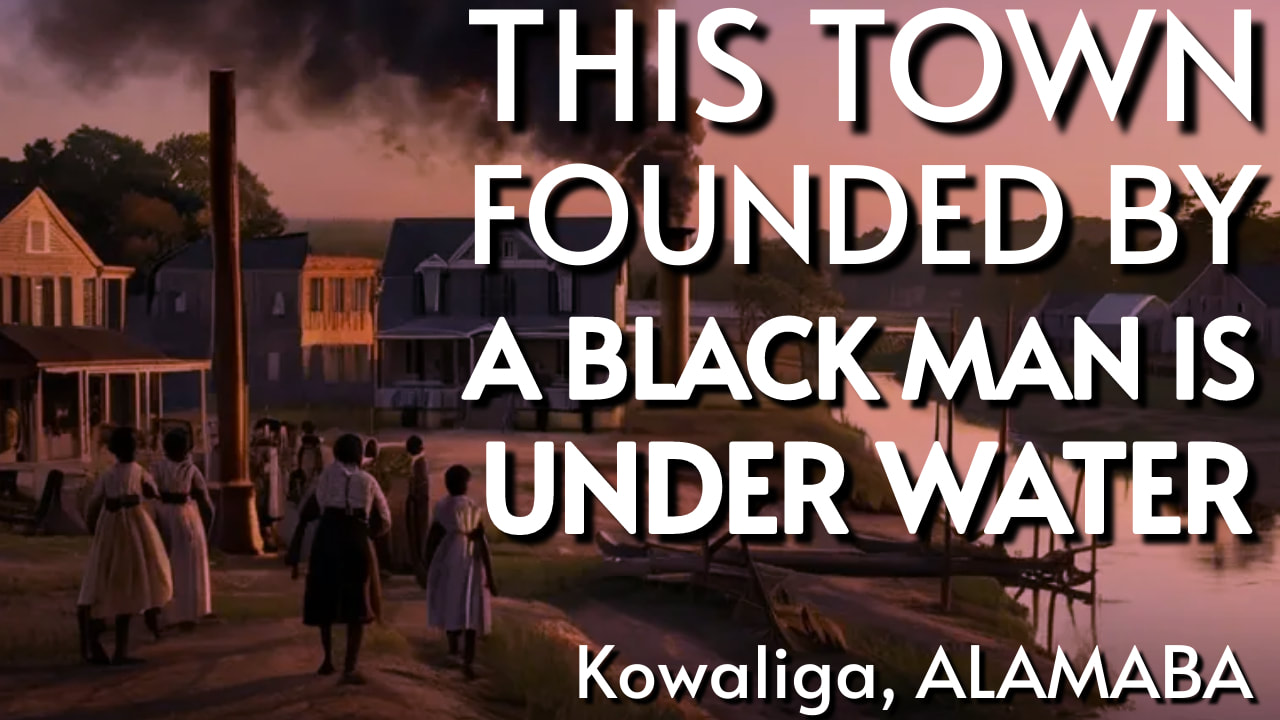


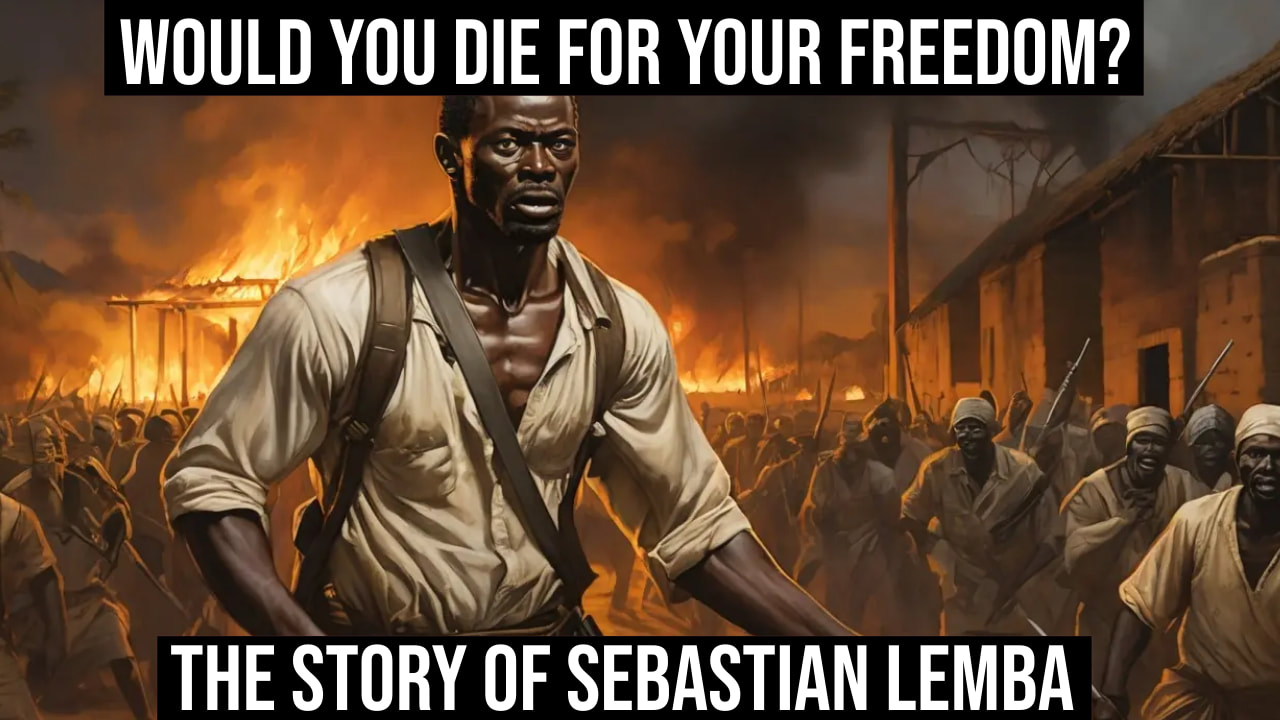

 RSS Feed
RSS Feed
